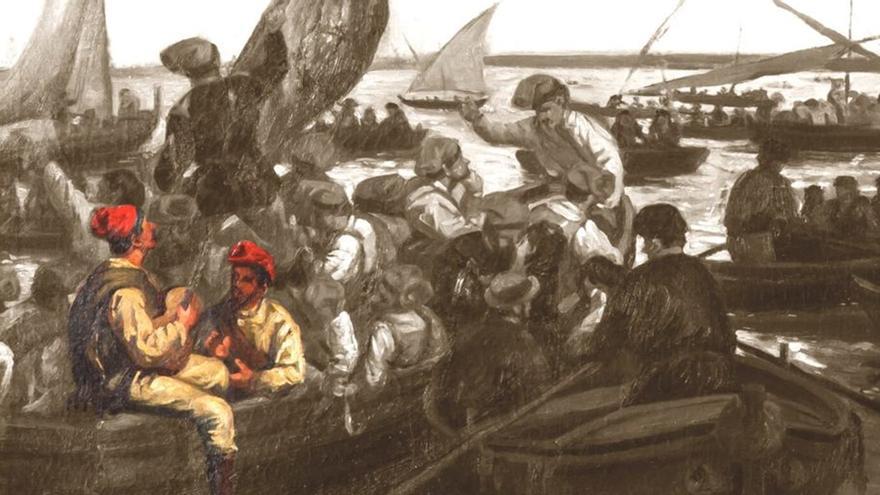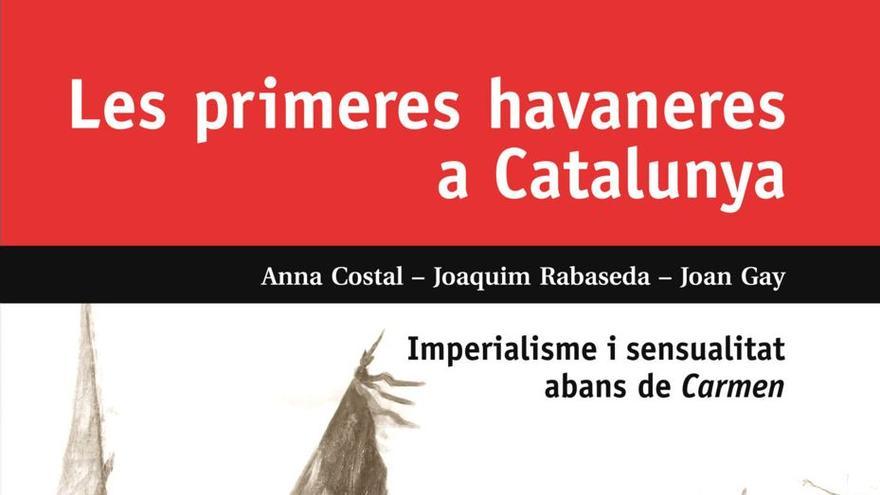
![]() EFE (via 14ymedio), Barcelona, 9 December 2023 – Research, conducted by the musicologists Anna Costal, Joaquim Rabaseda and Josep Gay, has established the boom and the popularisation of habanera music as happening almost half a century before the Cuban War of Independence.
EFE (via 14ymedio), Barcelona, 9 December 2023 – Research, conducted by the musicologists Anna Costal, Joaquim Rabaseda and Josep Gay, has established the boom and the popularisation of habanera music as happening almost half a century before the Cuban War of Independence.
The research, collected together in the book, The first Habaneras in Catalonia (Rafael Dalmau, Editor), shows that “The habaneras passed through Madrid before arriving in Catalonia, and, coinciding with elation for the 1859 War of Africa, they became a gesture of national pride for the maintenance of Imperial Spain’s public image – the idea of a powerful kingdom, bellicose and colonial”.
The authors add that the habaneras also became a national symbol in Catalonia.
When, in 1881, the opera Carmen was performed in Barcelona for the first time, the main protagonist in the story grabbed the audience’s attention through her performing to the rhythm of the habanera.
Célestine Galli-Marié, the same mezzosporano who had premiered the opera six years earlier in Paris, enchanted the audience, and her powerful stage presence was made even greater by “a rhythm which Catalans had known, had sung, and had danced to for decades”, the musicologists write.
When, in 1881, the opera Carmen was performed in Barcelona for the first time, the main protagonist in the story grabbed the audience’s attention through her performing to the rhythm of the habanera
Although, in the collective imagination, the habanera had been connected with the loss of Cuba, they nevertheless became enormously popular in the middle of the nineteenth century: “Fishermen would indeed sing them, but also factory workers, characters in light operas, professional singers, street musicians, the children of the ruling classes”.
Before Cuban independence, the war had already been a topic of habaneras, along with: Catalan soldiers, the unsettling sensuality of foreign women, and everything connected with the idea of romantic love.

The habanera, known in Catalonia by the name of “Americana”, was the invitation to a slow dance, and its particular rhythm intensified the intimacy of the couples who danced to it – in theatres, dance halls, marquees, streets, and in town squares – and because of this, it was “associated with the idea of sinfulness, with social transgression and rebelliousness”.
The book presents the habanera as “an urban and contemporary phenomenon”, demarcated in the Catalan culture of the romantic era, and an active participant in the new mechanisms for creating, editing and distribution, in the world of nineteenth century show business.
The work describes the profiles of some of the composers of Catalan habaneras of the era: “musicians who had never been to Cuba and who were, generally, members of opera theatre orchestras and dance orchestras”.
The book presents the habanera as “an urban and contemporary phenomenon”, demarcated in the Catalan culture of the romantic era
It also puts into relief the role of women in the interpretation and diffusion of the early habaneras.
The authors make connections between the first habaneras sung in Catalan and Barcelona’s lyrical theatre, which was connected to the federal republicanism of the six-year democracy (1868-1874) and the acceptance of the abolition of slavery.
The current edition is the result of research promoted by the Ernest Morató Foundation, whose objective is the investigation, conservation, diffusion and promotion of the habanera genre.
Doctors of Musicology at the Autonomous University of Barcelona, and teachers at the Catalonia High School for Music, Anna Costal, Joaquim Rabaseda y Joan Gay have been working together on various aspects of Catalan music heritage for fifteen years, combining their study and revelations in a global reach.
Translated by Ricardo Recluso
____________
COLLABORATE WITH OUR WORK: The 14ymedio team is committed to practicing serious journalism that reflects Cuba’s reality in all its depth. Thank you for joining us on this long journey. We invite you to continue supporting us by becoming a member of 14ymedio now. Together we can continue transforming journalism in Cuba.
